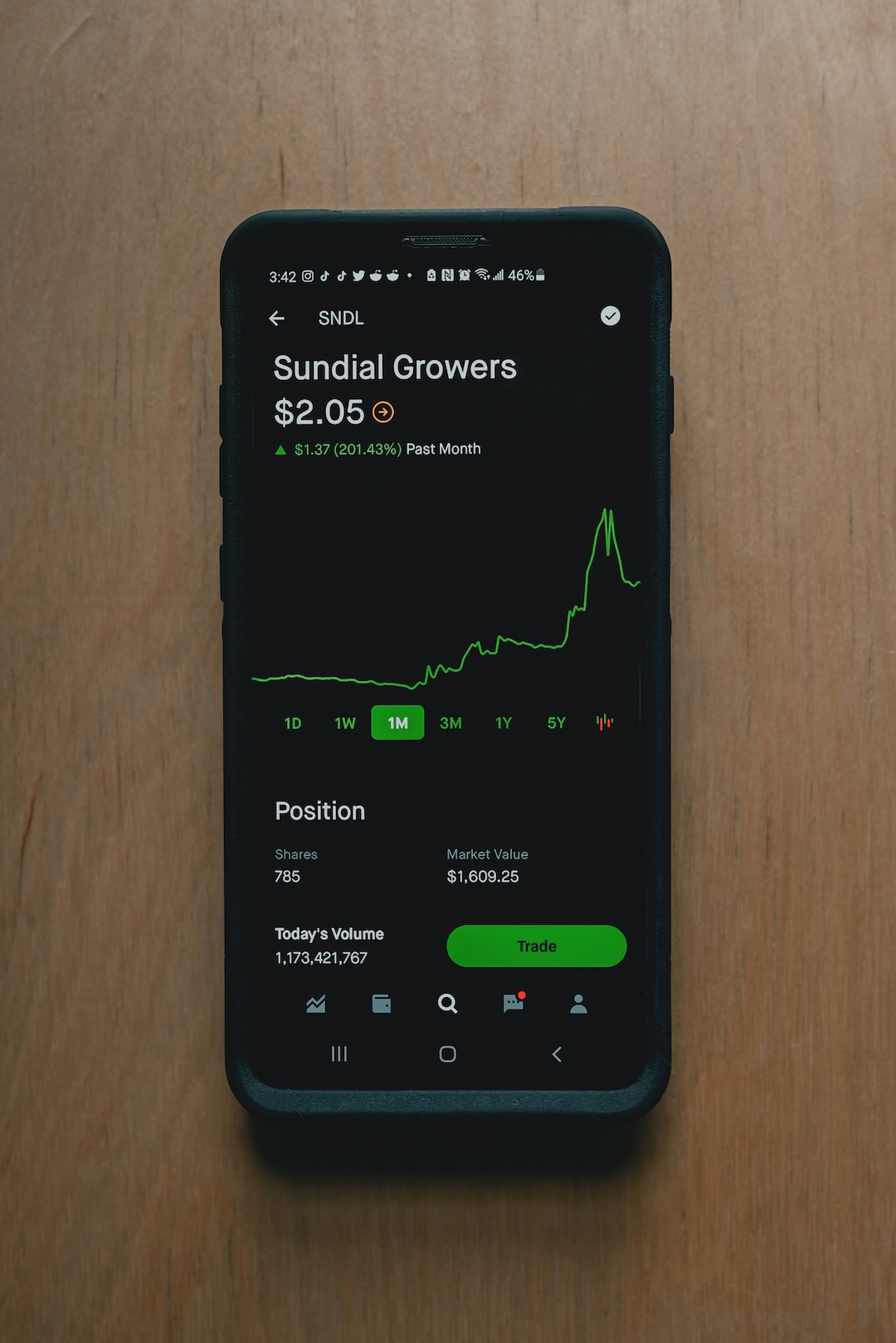Forex trading is a complex financial market, and as such, it is essential to understand the concept of risk management. It is essential to calculate the risk of any trade before entering the market. Risk management is a critical aspect of forex trading, as it helps traders to identify the potential risk involved in a trade and to take necessary steps to minimize it. This article will explain how to calculate risk in forex trading.
What is Risk in Forex Trading?
Risk in forex trading refers to the potential loss that traders may incur when they enter the market. It is the probability that a trade will result in a loss rather than a profit. The goal of risk management is to minimize the potential loss and to increase the chances of making profits.
Forex Risk Management
Forex risk management is the process of identifying, analyzing, and minimizing the potential risks of trading. It is important to have a robust risk management strategy in place to ensure that traders can minimize losses and maximize profits. A good risk management strategy should include tools for identifying potential risks, setting stop-loss orders, and managing leverage.
Calculating Risk in Forex Trading
Calculating risk in forex trading involves analyzing the potential losses and gains of a trade. The following are the steps to calculate risk in forex trading:
1. Determine the trade size
The first step in calculating risk is to determine the trade size. The trade size refers to the number of units of currency that traders wish to trade. It is important to note that the trade size should be based on the trader’s risk tolerance and account balance.
2. Determine the entry price
The entry price is the price at which traders enter the market. It is important to determine the entry price before entering the market to calculate the potential risk accurately.
3. Determine the stop-loss price
The stop-loss price is the price at which traders exit the market to limit their losses. It is essential to set the stop-loss price based on the trader’s risk tolerance and account balance.
4. Determine the target price
The target price is the price at which traders exit the market to take profits. It is important to set the target price based on the trader’s risk tolerance and account balance.
5. Calculate the risk-reward ratio
The risk-reward ratio is the ratio of potential losses to potential gains. It is important to calculate the risk-reward ratio before entering the market to determine whether the potential profit justifies the potential risk.
6. Calculate the potential loss
The potential loss is the amount of money that traders may lose if the trade goes against them. It is important to calculate the potential loss using the stop-loss price and the trade size.
7. Calculate the risk per trade
The risk per trade is the amount of money that traders are willing to risk on each trade. It is important to determine the risk per trade based on the trader’s risk tolerance and account balance.
Conclusion
Calculating risk in forex trading is a critical aspect of risk management. Traders must have a good risk management strategy in place to minimize potential losses and maximize profits. It is essential to determine the trade size, entry price, stop-loss price, and target price before entering the market. Traders should also calculate the risk-reward ratio, potential loss, and risk per trade to determine whether the potential profit justifies the potential risk. By following these steps, traders can minimize potential losses and maximize profits in forex trading.





